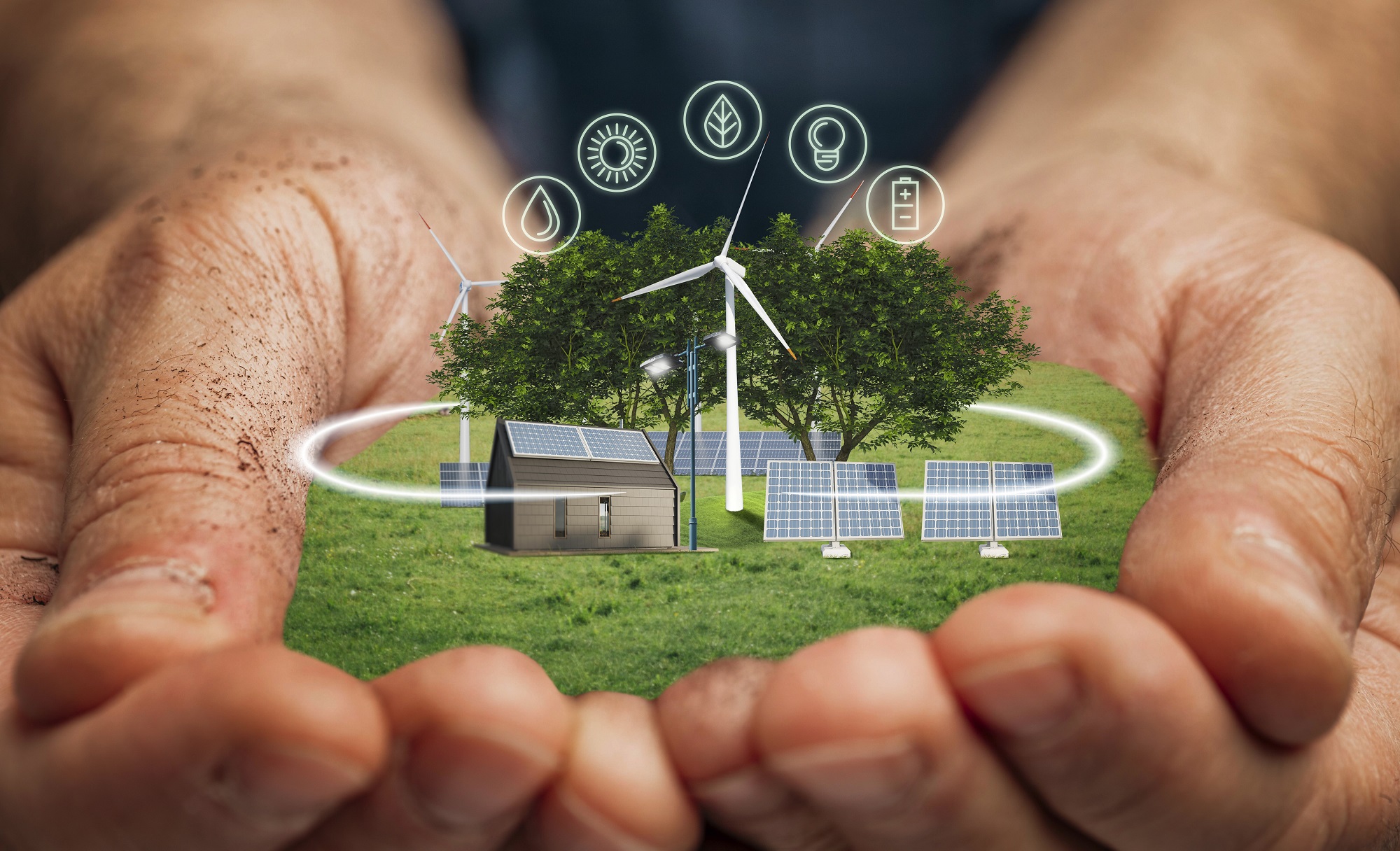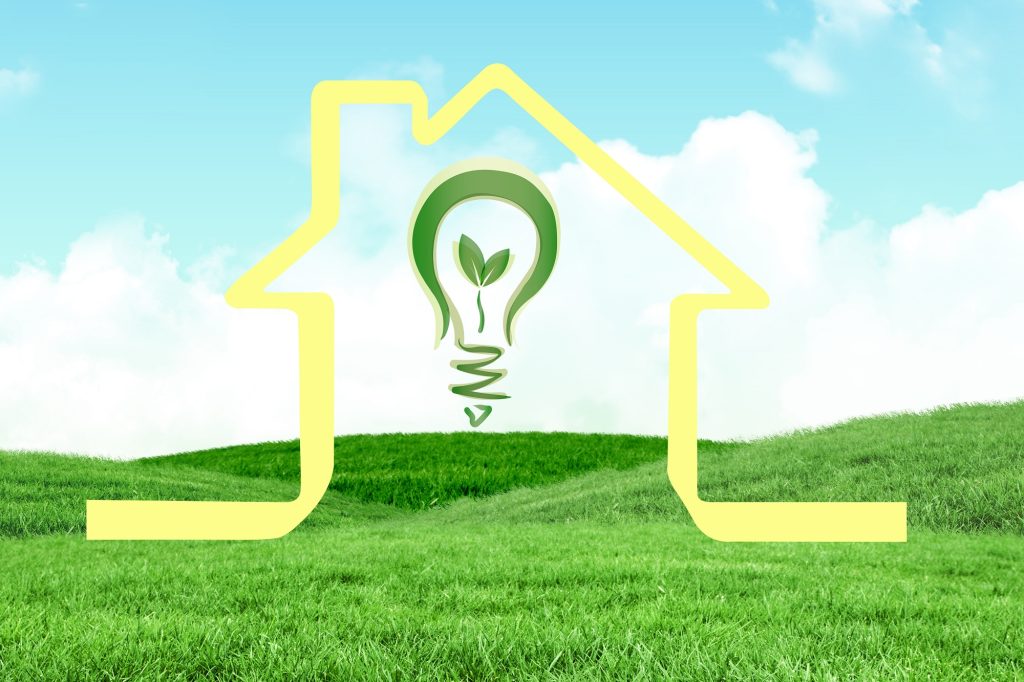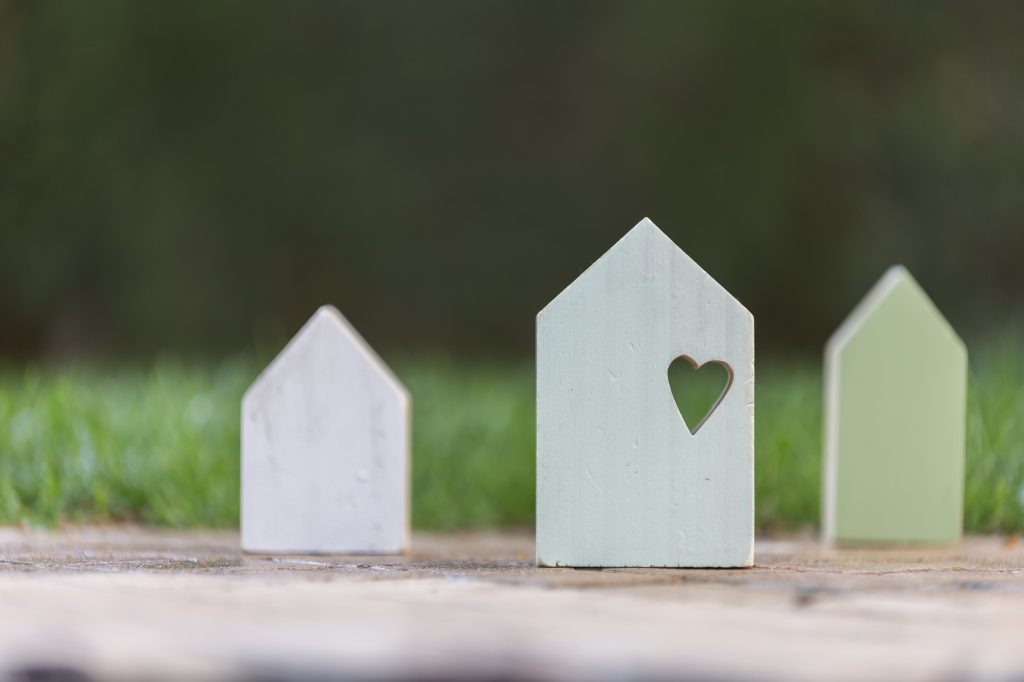
Green Living: Eco-Friendly Features to Look for in a Property
In an era where environmental consciousness is at the forefront of societal concerns, the concept of green living has become more than a trend—it’s a way of life. When searching for a property, considering eco-friendly features is not only a step towards sustainability but also a wise investment in the future. Here are some key eco-friendly features to look for in a property:
1. Energy-Efficient Appliances
One of the foundational aspects of a green home is the integration of energy-efficient appliances. Look for properties equipped with appliances that carry the ENERGY STAR label, an indicator of superior energy performance. From refrigerators to washing machines, these appliances not only reduce energy consumption but also contribute to lower utility bills.

2. Solar Panels and Renewable Energy Sources
In the quest for sustainable living, the integration of solar panels and access to renewable energy sources in a property represents a powerful commitment to environmental responsibility. These features not only align with eco-conscious values but also offer tangible benefits for both homeowners and the planet.
Harnessing Solar Power:
At the forefront of renewable energy technologies, solar panels capture the inexhaustible energy of the sun and convert it into electricity. Installed on rooftops or in open areas, these photovoltaic cells use sunlight to generate a clean and renewable source of power. The captured energy can be used to meet the electricity needs of the property, reducing dependence on conventional energy sources and, in some cases, even allowing excess energy to be fed back into the grid.
Reducing Reliance on Traditional Energy Grids:
Properties equipped with solar panels experience a substantial reduction in reliance on traditional energy grids. By generating electricity on-site, homeowners can significantly lower their carbon footprint and decrease dependence on non-renewable energy sources like coal or natural gas. This not only contributes to a more sustainable lifestyle but also provides a level of energy independence.
Consideration for Existing Solar Installations:
When considering properties, those with existing solar installations are highly attractive for eco-conscious individuals. These installations indicate that the current homeowners have already invested in renewable energy, potentially providing a head start on sustainable living. It also implies that the property is optimized for energy efficiency, which can lead to cost savings on electricity bills.
Potential for Renewable Energy Integration:
For properties without existing solar panels, it’s crucial to assess the potential for renewable energy integration. Consider the orientation of the property, the amount of sunlight it receives, and any local regulations or incentives for installing solar panels. Additionally, explore other renewable energy sources, such as wind or geothermal, which may be viable alternatives depending on the property’s location.
Financial and Environmental Benefits:
Investing in solar panels offers not only environmental advantages but also financial benefits. Many governments and municipalities provide incentives, tax credits, or rebates for installing solar panels. Over time, the cost savings on electricity bills and potential income from excess energy generation can offset the initial investment, making solar-powered properties a wise financial decision in addition to an ecological one.
3. Proper Insulation and Windows
Green properties prioritize energy efficiency through well-insulated walls, roofs, and energy-efficient windows. Proper insulation minimizes the need for excessive heating or cooling, reducing overall energy consumption. Look for properties with double-pane windows and high-quality insulation materials to ensure a comfortable living space while minimizing environmental impact.

4. Water Conservation Features
Efficient water usage is a crucial aspect of green living. Seek properties with water-saving fixtures such as low-flow toilets, faucets, and showerheads. Additionally, properties with smart irrigation systems that adjust watering schedules based on weather conditions can significantly contribute to water conservation.
5. Sustainable Building Materials
Homes built with sustainable building materials exemplify a dedication to minimizing environmental impact and embracing a greener future. When seeking such properties, prioritize those constructed with materials like bamboo, recycled steel, reclaimed wood, or other eco-friendly alternatives. These choices not only contribute to energy conservation but also signify a commitment to responsible resource management. Bamboo, known for its rapid growth, serves as an eco-friendly alternative to traditional hardwoods.
Recycled steel reduces the demand for new metal production and lessens the environmental burden associated with extraction. Reclaimed wood not only imparts character to a home but also repurposes existing materials, reducing the need for fresh timber. By opting for sustainable building materials, homeowners actively participate in fostering a more environmentally conscious construction industry, supporting a circular economy, and ultimately contributing to the overall well-being of the planet.
6. Green Roofs and Garden Spaces
Green roofs and garden spaces are integral components of eco-friendly living, offering a multitude of benefits for both homeowners and the environment. The lush vegetation on these roofs provides an additional layer of thermal insulation, reducing energy consumption for heating and cooling. Furthermore, the plants absorb rainwater, mitigating the risk of urban runoff and enhancing water management.
On the ground level, properties with ample garden spaces or the potential for home gardens provide the opportunity for sustainable living practices. Cultivating one’s garden allows homeowners to grow their own produce, promoting a self-sufficient and locally sourced lifestyle. These green spaces not only beautify the property but also contribute to biodiversity, creating a harmonious blend of sustainable living and environmental stewardship.
7. Waste Reduction and Recycling Systems
Properties with efficient waste reduction and recycling systems demonstrate a strong dedication to sustainable living practices. These homes typically feature amenities such as compost bins, well-designed recycling facilities, or easy access to community recycling programs. By incorporating these waste management features, homeowners contribute to a significant reduction in their carbon footprint, aligning with the core principles of green living.
Efficient waste management not only minimizes the amount of waste sent to landfills but also promotes the responsible handling and repurposing of materials, fostering a more environmentally conscious and eco-friendly lifestyle. In essence, these properties not only provide a place to reside but also embody a commitment to preserving the planet for future generations through responsible waste practices.
Conclusion
Investing in a property with eco-friendly features is not just a choice for the environmentally conscious; it’s a strategic decision for a sustainable future. By prioritizing energy efficiency, renewable energy sources, water conservation, sustainable materials, and waste reduction, individuals can contribute to a greener planet while enjoying the benefits of lower utility costs and a healthier living environment. When searching for your next property, consider these eco-friendly features to make a positive impact on both your lifestyle and the world around you.